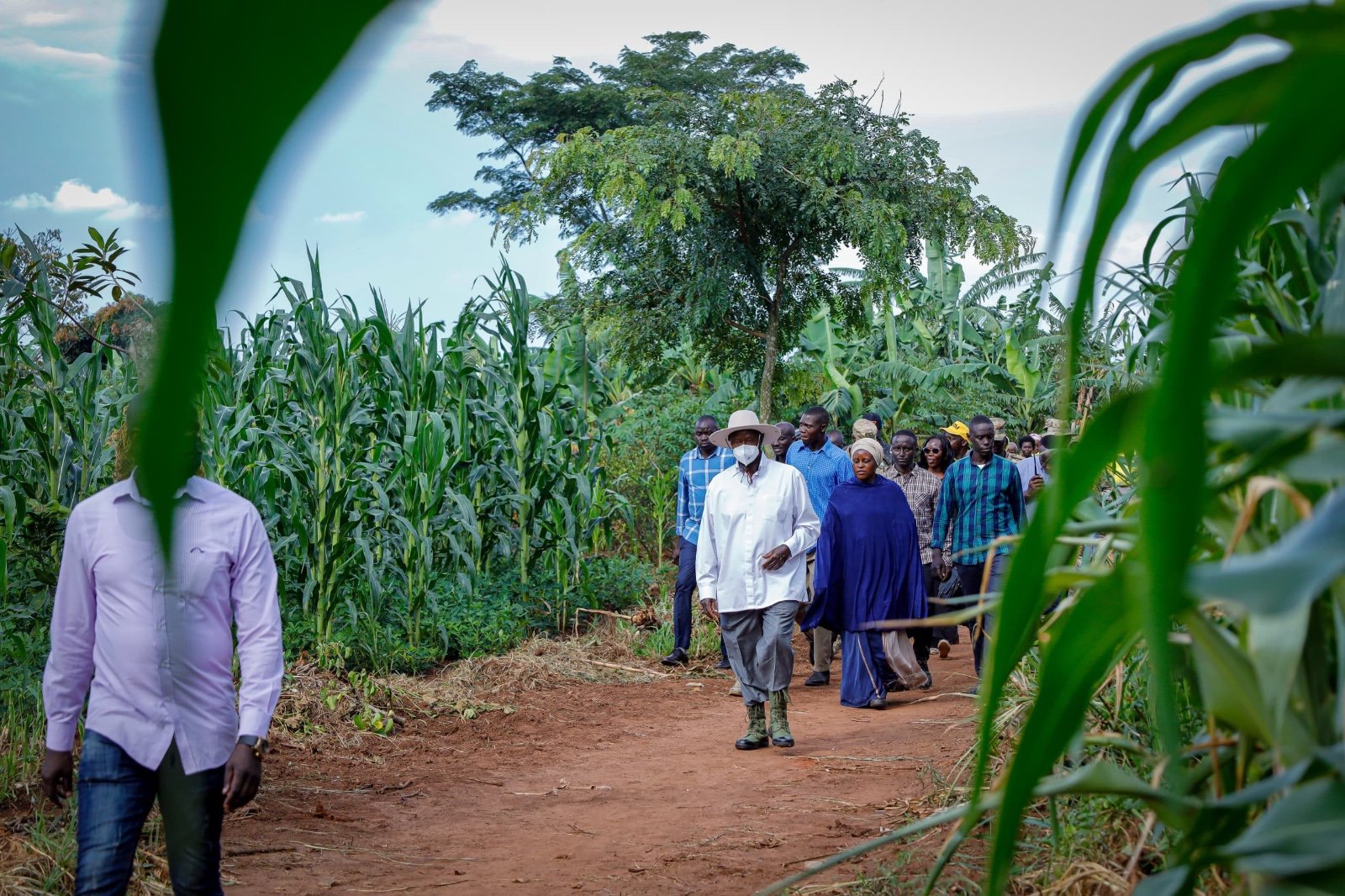PDM: A New Dawn or Another Cycle?

Uganda’s Parish Development Model (PDM) aims to break the cycle of poverty by focusing development efforts at the parish level, with a promise of Shs100 million annually per parish to boost household incomes.
While early success stories show promise, lingering concerns over fund delays, political interference, and market access pose challenges to its long-term impact.
Uganda has long grappled with the challenge of lifting its citizens out of poverty. From the Entandikwa initiative in the 1990s, through Bonna Bagaggawale in the 2000s, to the more recent Emyooga program, government-led efforts have consistently pledged to improve household incomes.
Yet, these earlier programs were often hampered by implementation gaps, limited reach, and poor recovery of funds, raising doubts about their sustainability.
Launched in 2022, the Parish Development Model (PDM) represents President Yoweri Museveni’s flagship strategy for poverty eradication.
The model shifts development focus to the parish—the country’s smallest administrative unit—providing each parish with Shs100 million annually to fund income-generating activities aimed at subsistence households.
President Museveni has personally toured the country to monitor PDM implementation, emphasizing that “no Ugandan should remain in subsistence.”
“This is not politics, this is wealth creation,” he has reiterated, expressing confidence that PDM will succeed where earlier programs faltered.
Unlike previous centrally managed initiatives sometimes marred by political influence, PDM relies heavily on local governance structures and community participation.

Beneficiaries are organized into Savings and Credit Cooperative Organizations (SACCOs), promoting collective bargaining power and ownership.
The introduction of digital registration and fund-tracking systems has also improved transparency, helping ensure funds reach their intended recipients.
In districts such as Luwero, Kyenjojo, and Mbale, early success stories abound. Farmers have invested PDM funds in poultry, piggery, dairy, and crop farming, while others have ventured into trade and agro-processing.
Many beneficiaries report increased household income, improved food security, and better market access.
Previous programs, however, paint a cautionary tale. Entandikwa, designed to provide soft loans to the poor, struggled with low repayment rates and accusations of politicization, with many beneficiaries treating the funds as handouts.
Bonna Bagaggawale faced supervision challenges and limited follow-up, while Emyooga has been criticized for low absorption and grassroots awareness.
These shortcomings have shaped PDM’s design, with an emphasis on improved supervision, data collection, and local leadership involvement.
Parish chiefs, community development officers, and SACCO leaders now play crucial roles in monitoring progress and providing support.
Still, concerns linger. Delays in fund disbursement, limited capacity of local leaders, and fears of political interference threaten the program’s credibility.
Additionally, challenges in accessing markets and adding value to produce remain major hurdles that could limit PDM’s impact if unaddressed.
Government officials maintain that PDM is more than another policy experiment. As President Museveni continues his nationwide inspections, the pressing question remains: Can the Parish Development Model deliver lasting poverty reduction where its predecessors have fallen short?
For now, many Ugandans watch closely, hopeful that this time, poverty will truly become history.









0 Comments